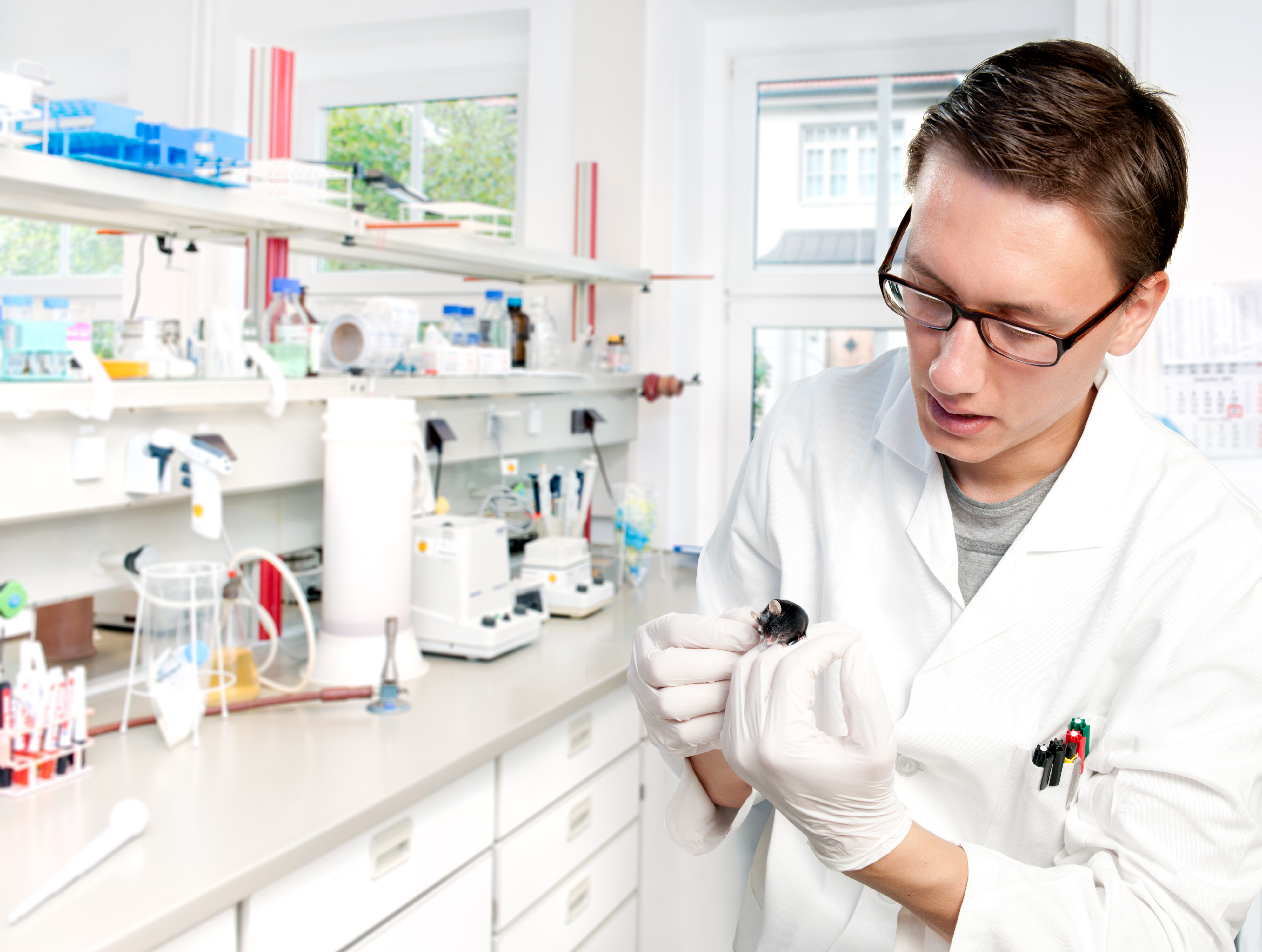Lung Inflammation in CF Animal Model Studied via Light Imaging
Written by |

Lung inflammation in animal models of cystic fibrosis (CF) can be studied by a combination of genetics and bioluminescence imaging (BLI) techniques, that is, techniques that allow the non-invasive study of ongoing biological processes due to the ability of certain molecules to generate light, new research suggests.
The study, “In vivo Monitoring of Lung Inflammation In CFTR‑deficient Mice,” was published by Fabio Stellari, PhD, and colleagues from different research institutes in Italy in the Journal of Translational Medicine.
To date, the study of lung inflammation in laboratory animals is done by detecting certain inflammatory markers, such as immune cells and cytokines, present in bronchoalveolar lavage fluid (BALF) samples from the animals, a procedure that consumes considerable time, money, and animal life.
Researchers collected a sample from the sputum (‘cough-up’ mucus) of a CF patient in order to obtain pro-inflammatory factors that could be used as stimulators of inflammation, namely human TNF-alpha, lipopolysaccharide (LPS) from Pseudomonas aeruginosa, and culture supernatant from P. aeruginosa (VR1 strain). These pro-inflammatory factors were then injected into the lungs of the CF mice, together with DNA coding for a gene that, when activated by inflammatory stimuli, produces light, signaling the onset of an inflammatory response in the animals’ lungs.
“BLI increased at 4 h [hours] after stimulation with TNF-alpha and at 24 h after administration of LPS and VR1 supernatant in CF mice with respect to untreated animals,” the authors wrote. “The BLI signal was significantly more intense and lasted for longer times in CF animals when compared to [control] mice.”
The results indicated that it is possible to combine gene delivery techniques and non-invasive BLI [bioluminescence imaging] to study CF in animals, and this can be an important step in biomedical research as the procedure can greatly reduce the cost of animal use in the study of the disease.
Moreover, the authors proposed that, with this successful combination of techniques, it will be possible to identify the role of different bacterial products with pro-inflammatory activity, and to test the efficacy of several anti-inflammatory drugs in the molecular mechanisms underlying the pathology of lung inflammation in CF.






